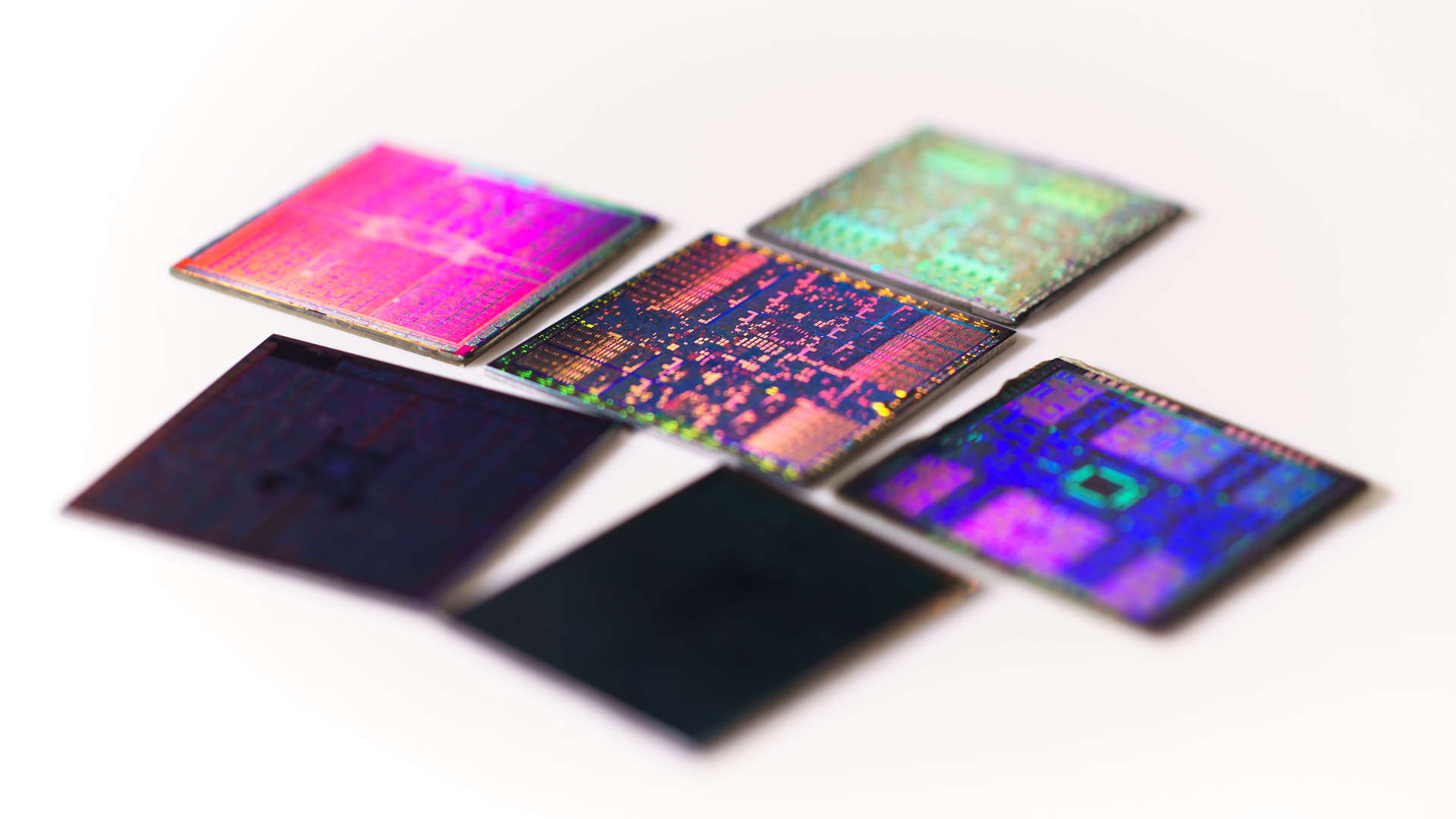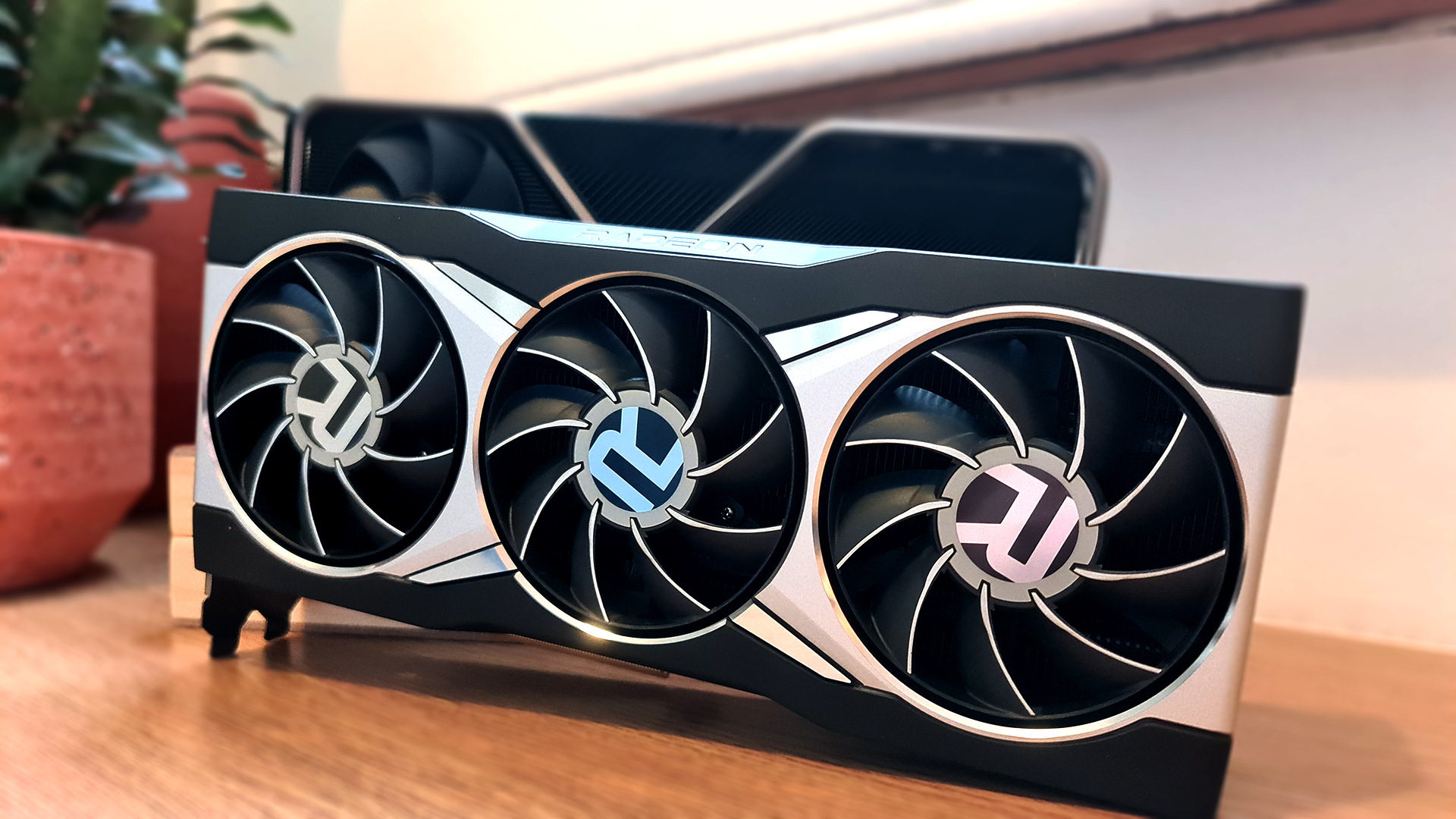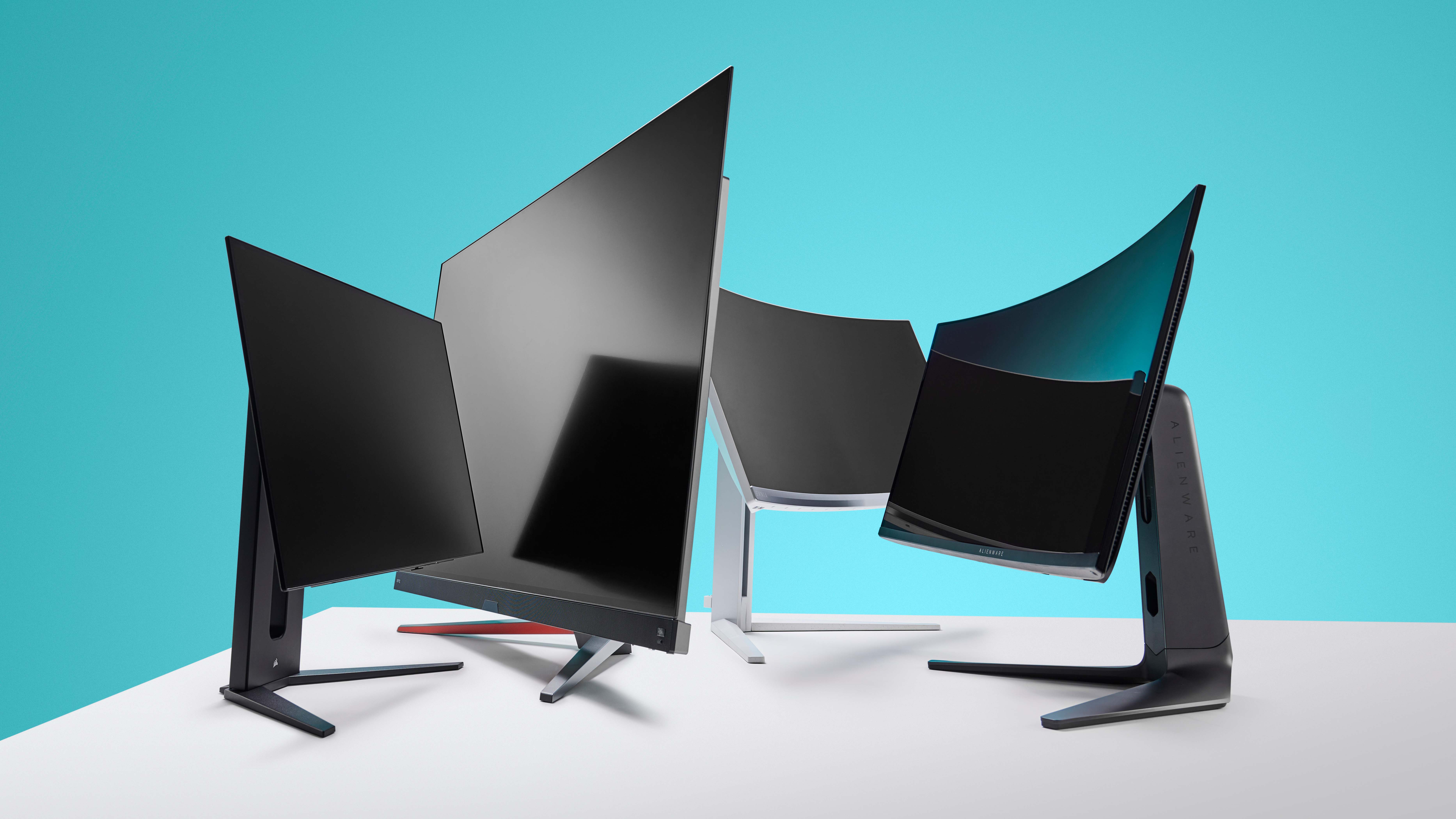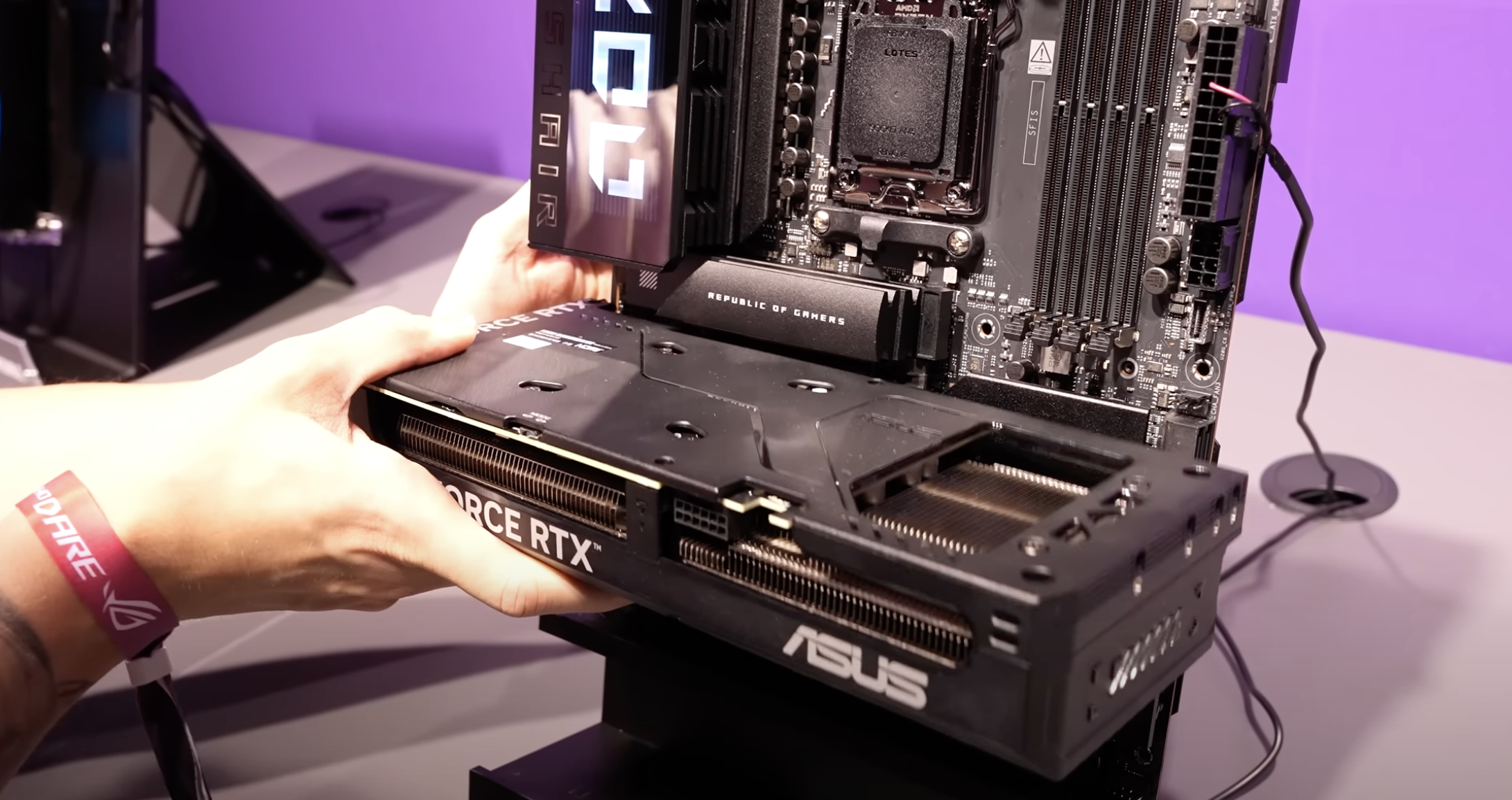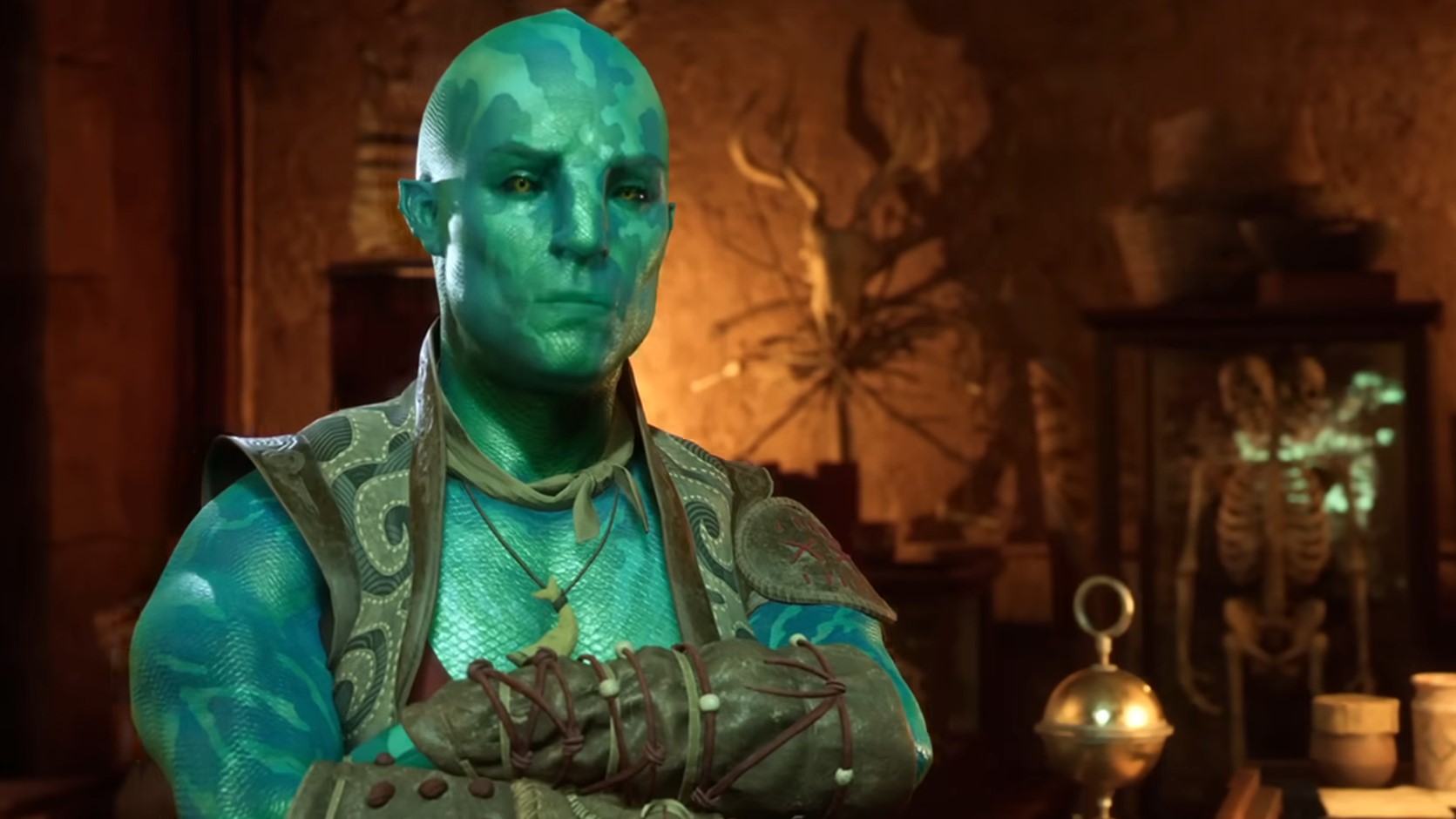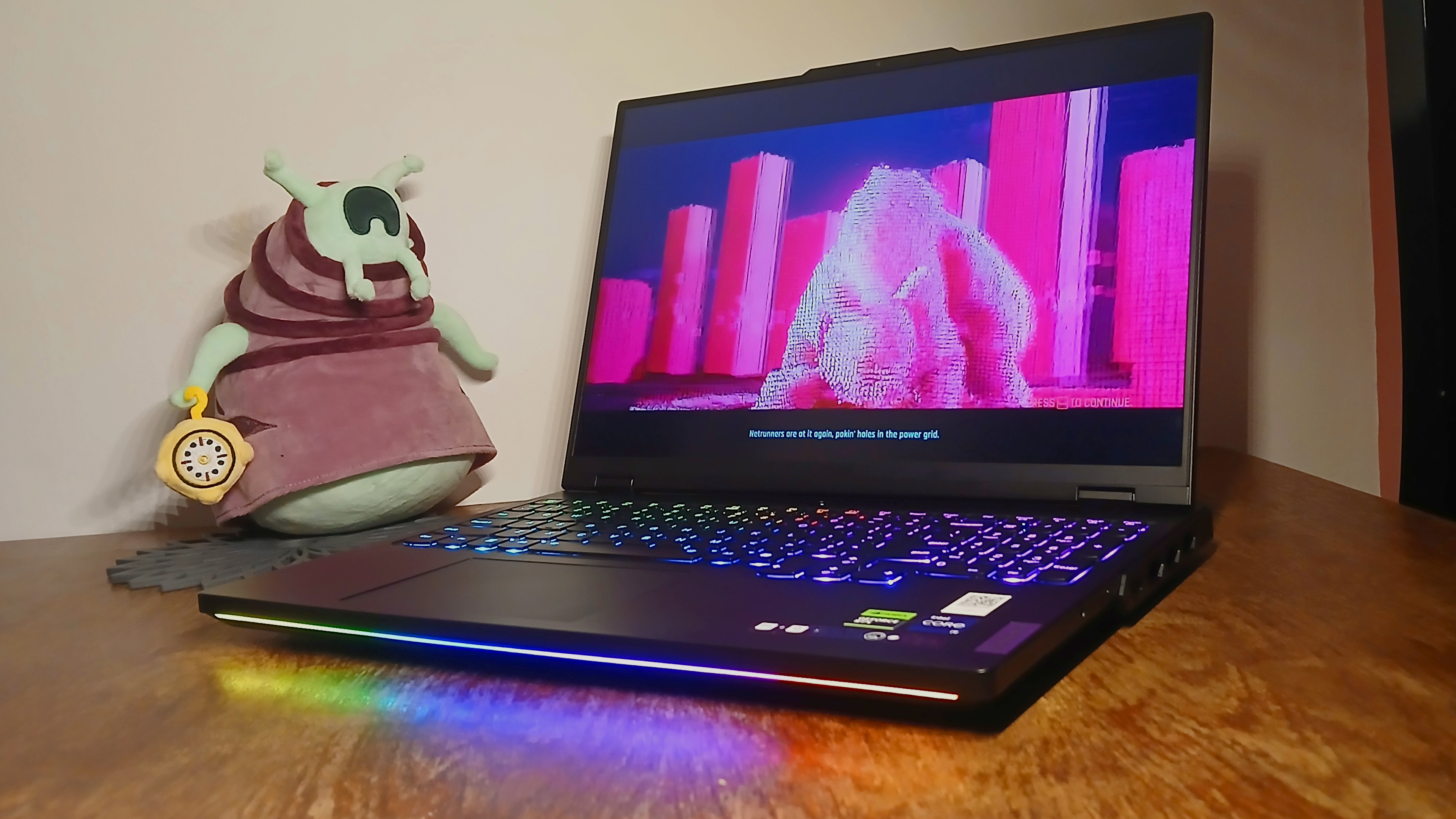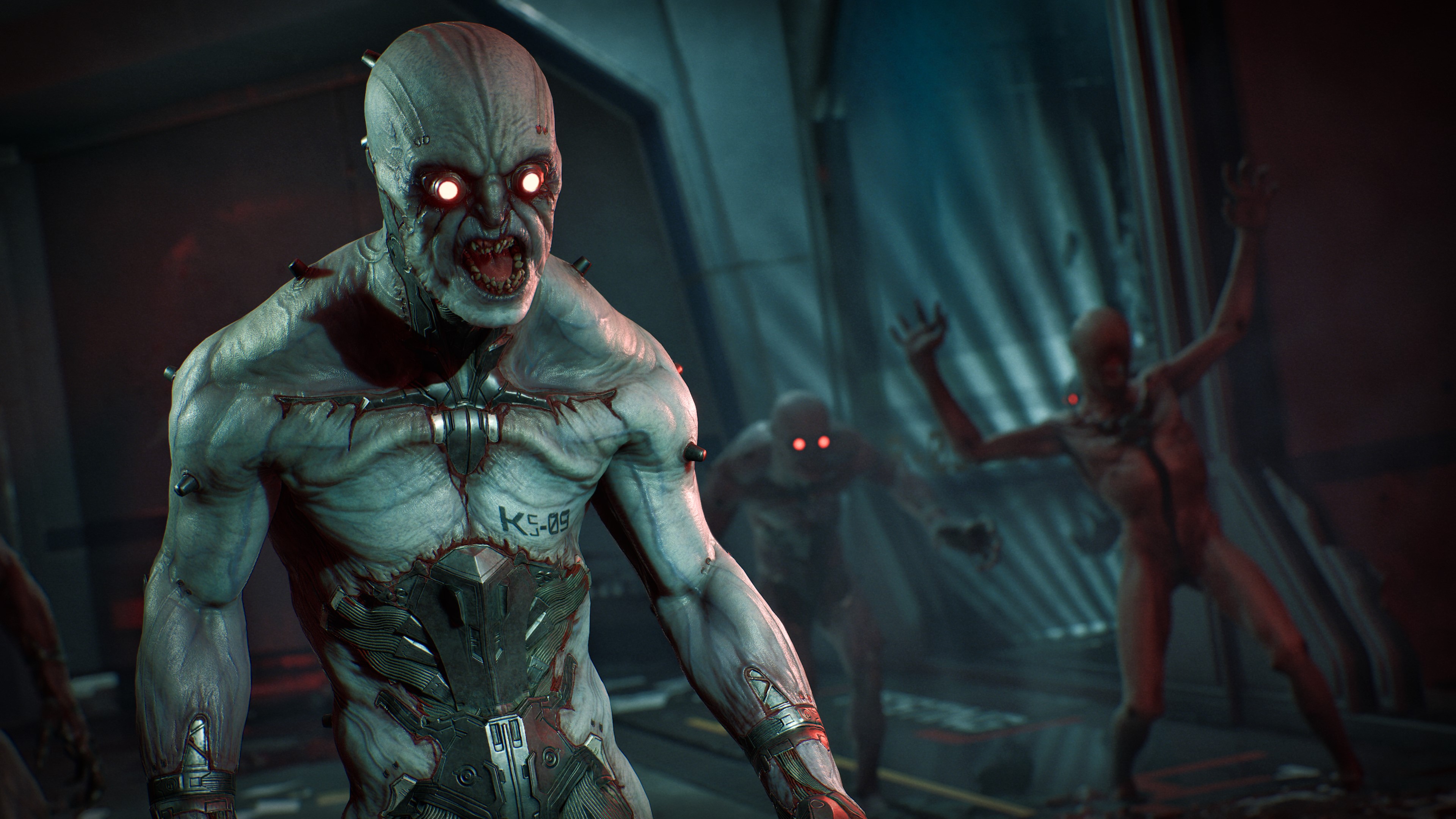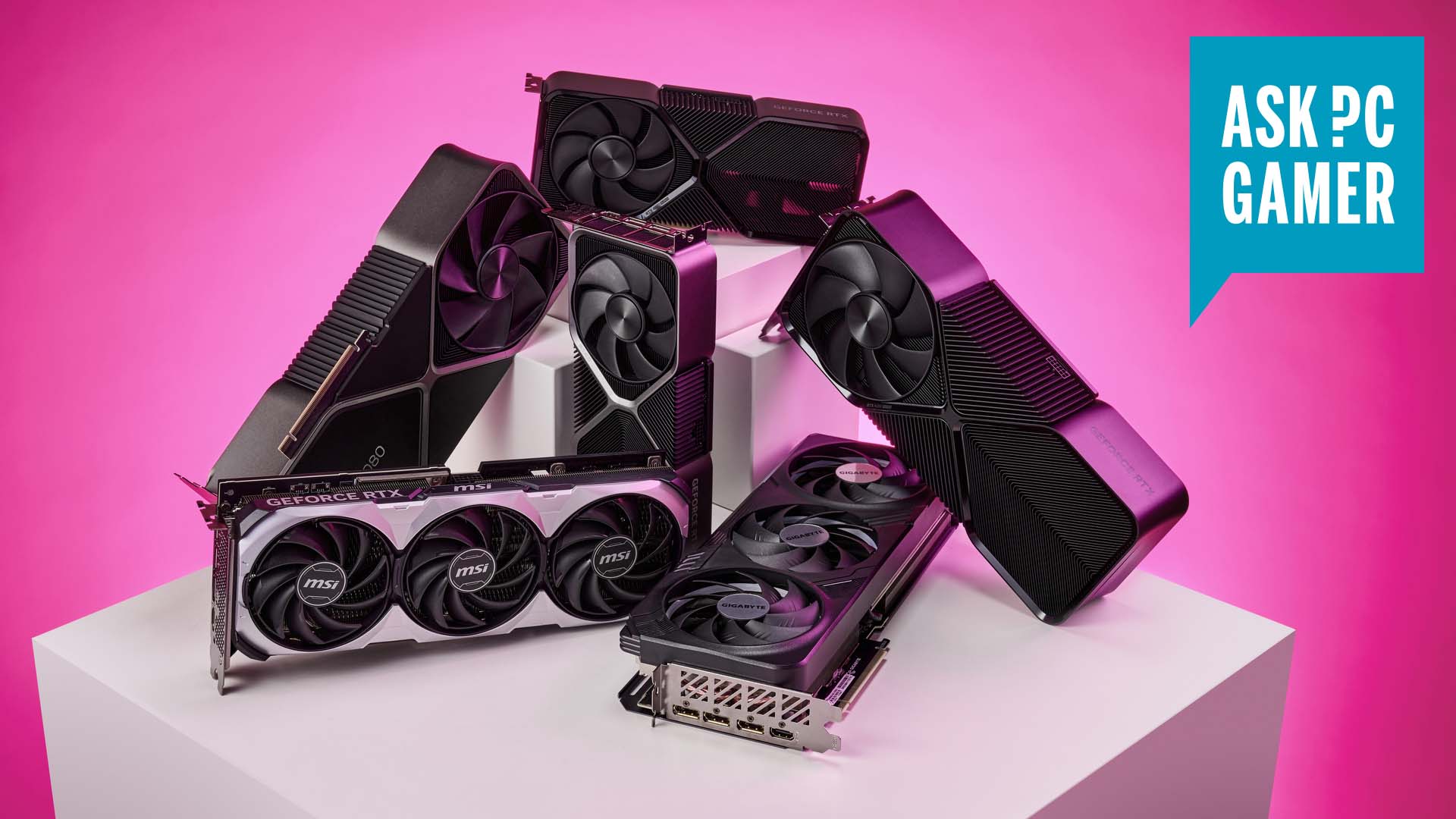
I've been professionally prodding graphics cards for the past two decades, and this is what I've learned about buying GPUs.
Buying a new graphics card can be a tricky prospect, full of difficult decisions for even the most experienced of PC builders and gamers. But if you’re buying your very first GPU then it can feel like an absolute minefield. Never fear, though, as I’m here to try and take the edge off some of those worries.
And you shouldn’t let any such concerns put you off, either, because the best graphics card upgrade will be the single most impactful change you can make to your existing gaming PC. It’s not hard either. As an upgrade it will likely be just a simple case of taking one big lump of graphics card out and sticking another one in, though there are some things you can do to make it easier for yourself which I’ll cover down the page.
But once you have a shiny new GPU in your PC it will feel like a whole new rig the next time you boot a new game. In fact you’ll probably want to go back and play all those games where you struggled to get 60 fps out of your old card, all over again. The big end of year sales are almost here, and we’ll be picking out the best Black Friday graphics card deals if you need a little more help choosing the right GPU for you.
So, without further needless waffle, here are the five things I always tell people before they buy their first graphics card:
- It’s all about your budget
- Buy the graphics card not the brand
- Erm… yeah, it’s also all about your monitor, too
- You can always wait for a new generation, but don’t automatically ignore the last-gen cards
- It’s an easy upgrade
1. Your budget
1. It’s all about your budget
It probably sounds obvious, but the first and most important consideration is how much you can really afford to spend on your graphics card. There is such a spread of GPU prices that you can spend almost anything, from $200 all the way up to $1,700 on a new graphics card, with a host of different options and a pretty linear spread of gaming performance as the prices ramp up.
So the first thing you need to do is be confident about what’s in your GPU war chest before you even think about looking because you can always spend more on a graphics card. The temptation to spend just another $50, or another $80, or another $100 when you’re already in deep can often be too much to bear. So make a budget you can realistically stretch to without putting yourself in penury and stick to it.
Relative pricing is also an important consideration, too, as buying a $500 graphics card from the previous generation doesn’t automatically equate to a higher performing $500 GPU in the next generation. Case in point is the last couple of Nvidia GeForce graphics card generations; if you bought an RTX 3070 for $499 and were hoping for a big performance boost with the equivalent $499 RTX 40-series card… well, you were in for a shocker. That $499 card was the 16 GB RTX 4060 Ti and represented an almost complete performance stagnation compared with the older RTX 3070 despite having twice the video memory.
And this is where we come in, as professional tech prodders, offering performance analysis on all the latest graphics cards to give you an idea of how they stack up in relation to each other. But there is another, more quick and dirty way to see how your current GPU performs in relation to any other you’re looking to buy.
3DMark is an industry standard benchmark for graphics cards and, while it doesn’t tell the whole performance story, can still be a good general indicator of relative gaming performance. The 3DMark free version, which you can find on Steam, will allow you to run the Time Spy test, and then in the online database search you can compare your own score to any potential GPU you’re looking to buy. Just take the average score for that card in the same Time Spy benchmark database and see how it stacks up against your own rig to give you an idea of where it all stands in the hierarchy of GPUs.
2. Forget tribalism
2. Buy the graphics card not the brand
There is a lot of unnecessary tribalism in the world of PC hardware, with some folk claiming to be AMD ’til they die or bleeding green with Nvidia. But screw that. You should be buying the hardware that makes sense for you and your gaming PC, not because of a sense of misplaced loyalty to some multi-billion dollar company.
Which is to say that you should be buying either AMD or Nvidia where it makes sense to do so. There are fundamental differences between the two current generations of Radeon and GeForce GPUs, and even the previous generation showed the same sorts of differences, and it all comes down to rasterized or ray traced gaming performance.
And those are two technical phrases where you essentially don’t really need to know what they are, just know that AMD’s cards are generally better value in terms of performance per dollar when it comes to how games are traditionally rendered (rasterized rendering) and Nvidia’s are better when you’re selecting high-end premium lighting settings that use ray tracing.
Realistically that translates to AMD’s cards generally being better value for mid-range gaming, and Nvidia’s GPUs as the ones you want if you’re looking for high-end performance with all the shiny effects on. Just know that you will have to pay a premium for premium features.
Down at the lower end of the GPU market you’re not going to be playing your games with all the settings enabled and running at the highest 4K resolutions. So, it follows that you’re unlikely to enable ray tracing effects anyways, so the performance delta between AMD and Nvidia on that count doesn’t matter.
Basically it all swaps around at the $500 mark. There or below it’s the AMD Radeon RX 7800 XT or lower-spec AMD GPU, and above that price point you go for an Nvidia GeForce GPU.
3. What’s your monitor?
3. Erm… yeah, it’s also all about your monitor, too
How you view your games should have a huge bearing on how much you spend on your graphics card, and which one you pick. If you’re trying to drive a 4K gaming monitor you’re not going to get very far with an RX 7600, and likewise if you’re sporting a 24-inch 1080p monitor you shouldn’t be spending $1,600 on an RTX 4090.
Even if you’re a wannabe esports pro, looking for mega frame rates in some lightweight competitive games, you’re likely to hit other performance bottlenecks that stop you getting the most from a flagship GPU on a low resolution screen.
1920 x 1080 is still the most common gaming resolution around, and realistically any modern graphics card ought to be able to deliver high frame rates at that level. But if you want to nail 60 fps+ at 2560 x 1440, the next step up the resolution ladder, then you’re going to need something a bit more powerful, and likely a bit more expensive.
To hit the top frame rates and graphics settings, you will need to start with the Radeon RX 7700 XT. Part of the reason you need the higher performance GPUs is partly down to them being bigger, more powerful chips, but also because they have more video memory. The higher resolution you play at, the more data your GPU needs to deal with and having more video memory (or VRAM) allows your graphics card to work with that data much quicker.
Once you start looking to play at 4K—or, more precisely, at 3840 x 2160—then you need all the VRAM you can find and as bigger GPU as you can afford. Even then, heavy ray tracing effects can bring even the mighty RTX 4090 to its knees in something like Cyberpunk 2077.
Which is where upscaling comes in—known as Deep Learning Super Sampling (DLSS) and FidelityFX Super Resolution (FSR) for Nvidia and AMD respectively. This allows you to effectively run your game at a lower resolution and use graphical wizardry to make the final image look closer to a higher resolution.
It’s a great sticking plaster for getting around a GPU’s failings at a higher res, but it can lead to image artifacts and indistinct final results if you run too low a resolution through to a high resolution screen.
4. Don’t just wait
4. You can always wait for a new generation, but don’t automatically ignore the current or last-gen cards
Such is the pace of innovation in PC gaming hardware, when you’re looking to buy a new graphics card there will almost always be the tension of whether you should buy now or wait for the new shiny thing.
But here’s the thing: There will always be something new just over the horizon. There are always rumours about the next generation of graphics cards and just how much they’re going to make the current gen GPUs look like mere pocket calculator stuff.
So, if you need to buy a new graphics card today—unless a new release which you realistically might actually buy is officially confirmed to be less than a couple months away—then I would say just buy your new graphics card today.
But what about last-gen GPUs? That’s a trickier question, to be honest. In some instances an older graphics card can still be a relevant gaming component in a modern machine, but I would only ever consider going one generation back, otherwise you really run the risk of spending too much and getting too little performance back.
The key thing here is price and relative performance. There’s no point paying the same amount of money on an older card to get the same performance as a newer one. All things being equal you should go with the more modern card as that will be supported longer, and could potentially have features that will go on to mature better.
If an older card is sufficiently cheaper, however, then there is an argument to be made. Again, check the relative 3DMark performance of your card versus a prospective purchase, and maybe similarly priced modern GPUs and see how they stack up. If it’s all still favourable, then by all means make that last-gen pick.
The difficulty is, that’s rare. Older cards are less likely to be in production, so the only stock left around will be limited, less likely to be on sale, and if it hasn’t already been bought before now, it’s likely not a particularly desirable model anyways.
5. Easy upgrade
5. It’s an easy upgrade
If you want to make the biggest difference to your ageing gaming PC, then dropping a new graphics card in will have the most impact of any upgrade you can make. And it’s super easy, too. The graphics card is one of the biggest components, so it’s easy to spot, will likely only be held in place by some screws and a retaining clip on the PCIe slot, and then it’s out. Reverse that process and your new card is in place.
That’s the super basic rundown, but there are things you can do to help make sure there aren’t any lingering problems when you do turn it back on. The first thing is to make sure that your power supply (PSU) is of a high enough wattage to be able to cope with your graphics card. You can check on any prospective GPU’s specs page to see the recommended wattage and it will say on the side of your current PSU what wattage it is.
You will also need to make sure that any new GPU will actually fit inside your PC. They sure are getting big these days… You will be able to see what graphics card your chassis supports on its online specs sheet if you visit the manufacturer’s website, but you could also just get a tape measure out, too.
The other thing I would do before removing your old graphics card is to uninstall all the GPU drivers in the system. Would that it were as simple as just uninstalling the AMD Radeon or Nvidia GeForce drivers, but there are always little files that linger on and leave little gremlins in the machine. We’ve had many an issue swapping around graphics cards in the PC Gamer test rig when going between AMD and Nvidia, so that situation makes the following suggestion more important.
We recommend always using Display Driver Uninstaller (DDU) when swapping graphics cards. It’s a free download and makes the whole process much simpler. Just run it before you uninstall your old GPU, and then when you come to install your new one you shouldn’t run into any driver conflicts getting it up and running.
Then that’s it, shiny new GPU in your gaming rig, and a whole new lease of life.

